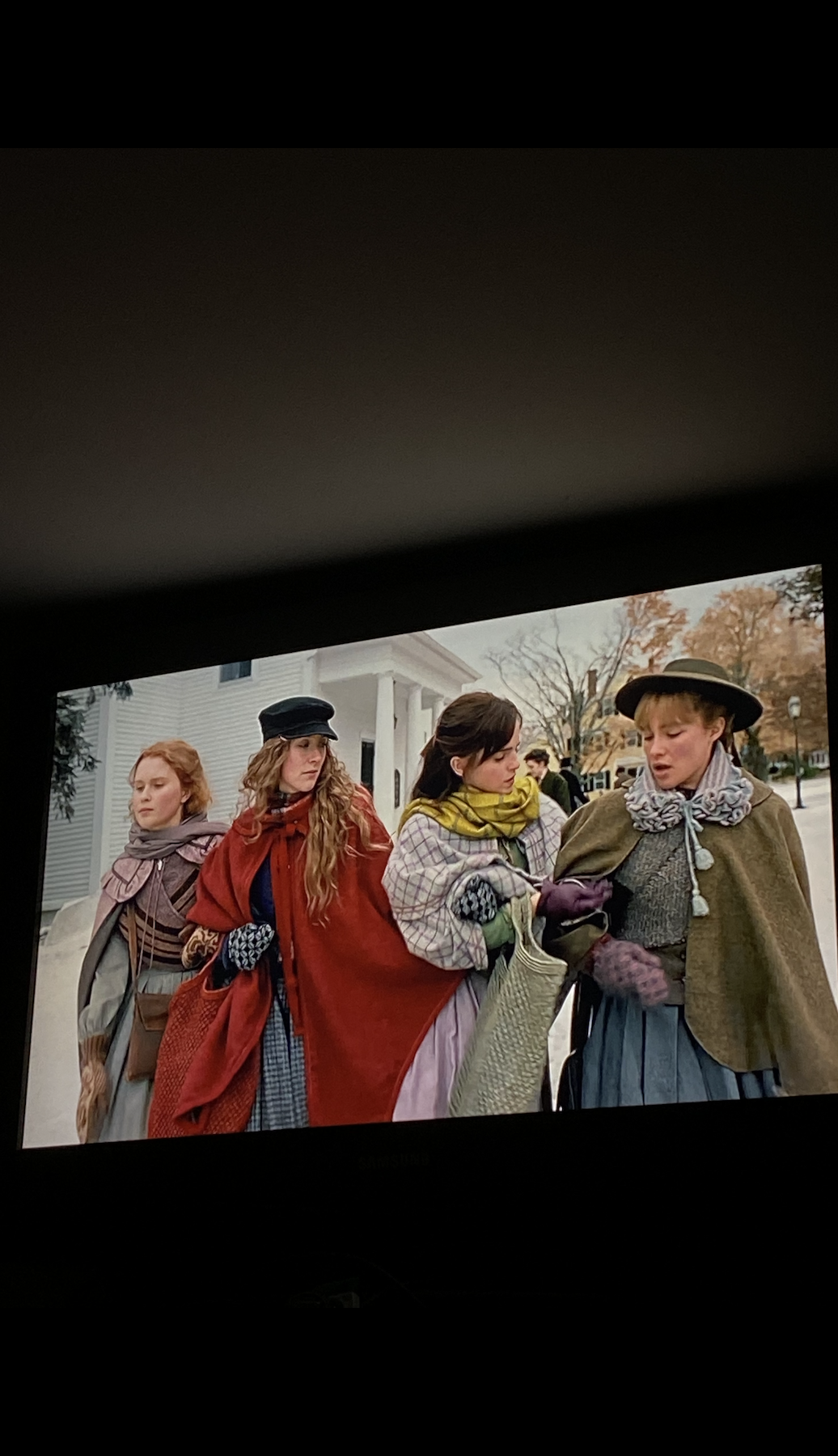The timeless novel “Little Women”, published by Luisa May Alcott in 1868, is still an arguably perfect depiction of the various aspects of womanhood.
Each of the March sisters has her own flaws that often clash with the defining traits of the other sisters, yet the undeniable bond of sisterhood ties them together not just through love but also through the distinctive feminine experience.
The oldest March sister, Meg, is a representation of the conventional and the good. Meg falls within the more traditional view of femininity, as she places value in her beauty and finds comfort in the practice of domesticity.
Her deep seated desire for romance and luxury leads to many issues for her, but in the end her perception of femininity overcomes her own personal desires. Meg’s sweet-nature and sense of duty make her unrealistically proper, yet the reflection of the experience of being the eldest sister is completely present within her character.
Meg’s perception of womanhood reflects her desire for familiarity.
Jo March, the main character of the novel, has a much different perception of femininity than Meg. Jo challenges Meg’s perception of femininity by acting in a more rebellious and tomboyish manner. However these traits are met with her equally unending loyalty and fierce braveness that reinforce just how human Jo is.
Jo values education, often putting her desire to make a name for herself and accomplish something important before letting herself fall into the desires her family has for her. Jo’s perception of womanhood drives her away from it, her desire to defy the “rules” of womanhood stem from her fear that embracing it will strip away the freedom she experienced in her childhood.
Jo’s perception of womanhood reflects her desire to be free.
Beth March is a reflection of the picture perfect heroines found in many novels published before “Little Women”. Her angelic presence and tranquility served as a constant glue for the family, as her “pure” femininity transcends that of Meg’s.
While albeit pure, sweet, and quiet, Beth’s meek demeanor is one that clashes with the ever-changing world the March sisters live in. However, it is important to note that her fatal selflessness and untimely death emphasize a depiction of femininity that is viewed as almost unattainable to most.
Beth’s perception of womanhood reflects her compassion and strong moral code.
The youngest sister, Amy March, is a combination of all of her sister’s perceptions of womanhood, but in an opposite way. Amy contrasts Beth’s selflessness with selfishness, Jo’s desire for knowledge with a desire for status, and Meg’s maturity with immaturity.
Despite being a foil for Jo, Amy and Jo still have much in common. Amy places value in her art, but instead of running from the shared perception of womanhood Amy alters it to fit her desires. In the end, Amy gets everything that she wished for as a child because she allowed her desires to shape her perception of womanhood, rather than let her perception change her desires.
Amy’s perception of womanhood reflects her adaptability and determination.
The depictions of womanhood found in “Little Women” place women at the center of stable morals, while praising some of the various types of femininity portrayed by the sisters.
Each March sister is a reflection of some of the various views of womanhood held by society, yet only Amy’s view notes that these perceptions do not have to be by the book.
The way in which womanhood is perceived can be altered to fit oneself. It does not have to be picture perfect, it can be rebellious, masculine, nurturing, beautiful, resilient, or independent. However, it will always be human.
The ever-changing perceptions of womanhood reinforce the message that women are the unsung heroes of many stories, but have often been overshadowed by the perceptions of what women should be rather than what women can be.

